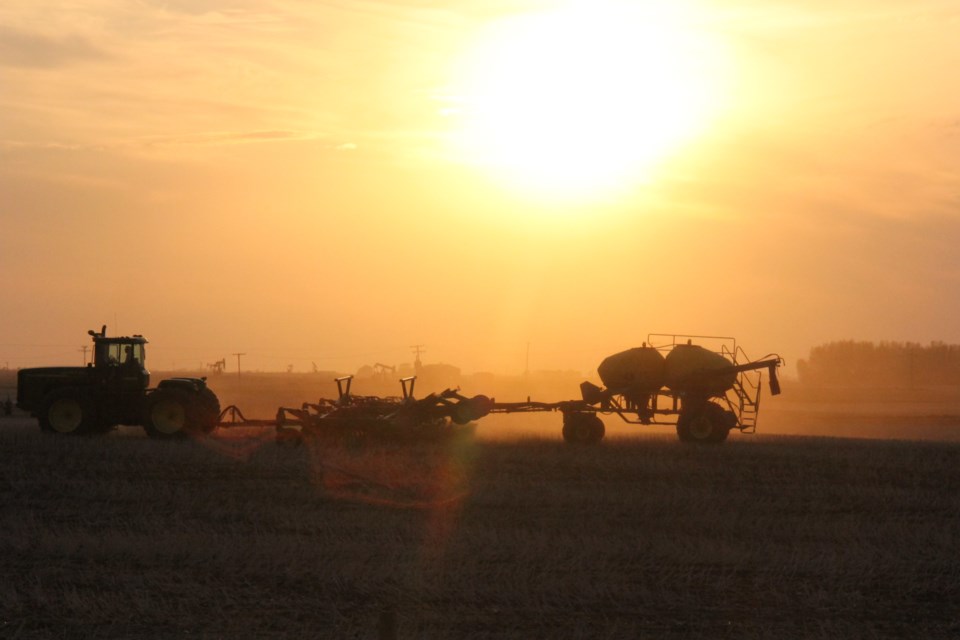ASSINIBOIA - Harvest has just about wrapped up in the region, there is mostly canola and flax left out to be combined. Ninety-six per cent of the crop in the region has been harvested, up from 93 per cent last week and well ahead of the five-year average of 85 per cent. Producers who are done harvest have begun other chores such as baling straw, hauling bales, cleaning and storing equipment and hauling grain to the elevator.
Very little rainfall was received this past week, producers are very concerned with on-site water availability and some have described their soils as 小蓝视频 very hard. The Big Beaver area was lucky to received six mm, the Tyner, Vanguard and Eyebrow areas received four mm. A gentle, weeklong, soaking rain is needed in the region to replenish livestock water sources and recharge the soil moisture.
Cropland topsoil moisture is rated as seven per cent adequate, 40 per cent short and 53 per cent very short. Hay and pasture land topsoil moisture is rated as one per cent adequate, 37 per cent short and 62 per cent very short.
Pasture conditions are rated as six per cent good, 17 per cent fair, 40 per cent poor and 37 per cent very poor. Many producers reported that pasture grass is thin, or completely gone in some areas after the hot, dry summer. Cattle will be supplemented with feed earlier than last year in some parts of the region. Producers are also very worried about where they will source additional feed for the winter.
The majority of crop damage this past week was due to wind, frost, drought and grasshoppers. With most of the crop harvested in the region, the risk of damage from any source is very low
Producers are busy combining, harrowing, hauling bales, moving cattle and starting to plan their fall activities. Many in the region have indicated that it is too dry to plant winter cereals this year.




